![qs[1]](https://www.thebullvine.com/wp-content/uploads/2014/04/qs1.jpg) There are many facets to the dairy breeding industry that readers of the Bullvine find themselves attracted to. Whether its milk records, breeding awards or showring victories, there is something for everyone to get passionate about. Quim Serrabassa, from Spain, was introduced to cattle early in his life and didn`t ever narrow the field. For him three dairy passions are better than one.
There are many facets to the dairy breeding industry that readers of the Bullvine find themselves attracted to. Whether its milk records, breeding awards or showring victories, there is something for everyone to get passionate about. Quim Serrabassa, from Spain, was introduced to cattle early in his life and didn`t ever narrow the field. For him three dairy passions are better than one.
Beginning in Barcelona
Quim and his brother Jaume were raised on the family farm Mas Comas Novas, La Guixa in Barcelona. Their father, Ramon, was a cattle dealer who enjoyed the buying and selling but wasn’t interested in breeding animals. When the boys were only 12 and 14 they made a decision that would eventually bring them to where they are today says Quim. “In 1984 Jaume and I decided to keep the best cows and breed our own herd.” They give credit to their mom and dad. “From our parents we learned the love of farming, good cows and cow competitions. This was a tremendous opportunity and we owe a lot to them for allowing us to take this responsibility at such an early age.”
 Trying a New Angle
Trying a New Angle
Twenty years later it was time for another new beginning. “In 2004 I started my own company Triangle Holstein.” Quim highlights how the name corresponds to the business. “There are three different business areas: the livestock business, the semen business and the show business.” For each specialty area Triangle Holsteins provides customized service. Like other visionary business men he feels that one-sided expectations of yourself and others could hold them back from reaching their individual breeding goals. “We work closely with the farmer to give professional and personal service tailored to their specific needs.” Quim values his early business experiences. “Many years ago, I had the opportunity to work for a big company and it was great. I always had the goal of forming my own company.” He points out how it has been. “Working for myself gives me a lot of freedom and satisfaction. I am responsible for my own decisions. Sometimes good. Sometimes wrong.” But undoubtedly, he has learned from all sides of the story.
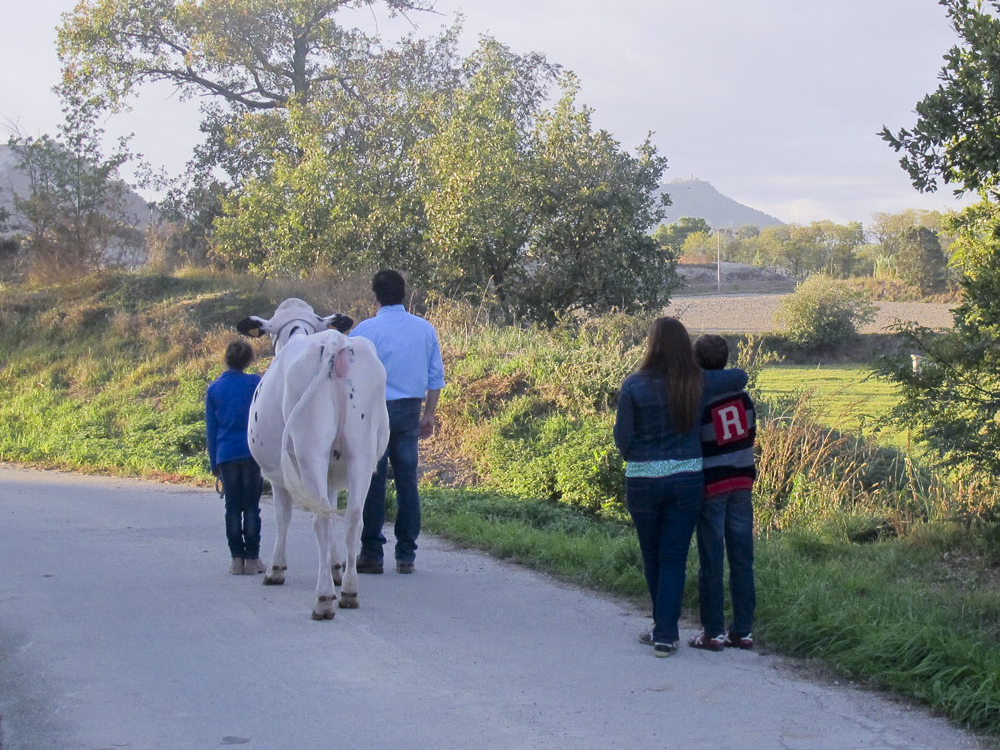
A Three-Way Perspective
The Triangle Holstein breeding philosophy is one that starts with genetics but is carried out through careful management. “Triangle Holsteins is focused on the best North American cow families and conformation traits are the number one priority. Nevertheless, I never forget production and health. The management of these key priorities is the key to making an animal be successful.” Quim knows that in cow terms there are three important areas. “Nutrition, exercise and comfort make all the difference.” These three combined with kindness are what he calls his “silent” partners. If those are the three main steps to caring for the animals there are also three characteristics that Quim feels all breeders must have in their personality. “This process requires breeders to be stubborn, patient and enthusiastic all at the same time.”
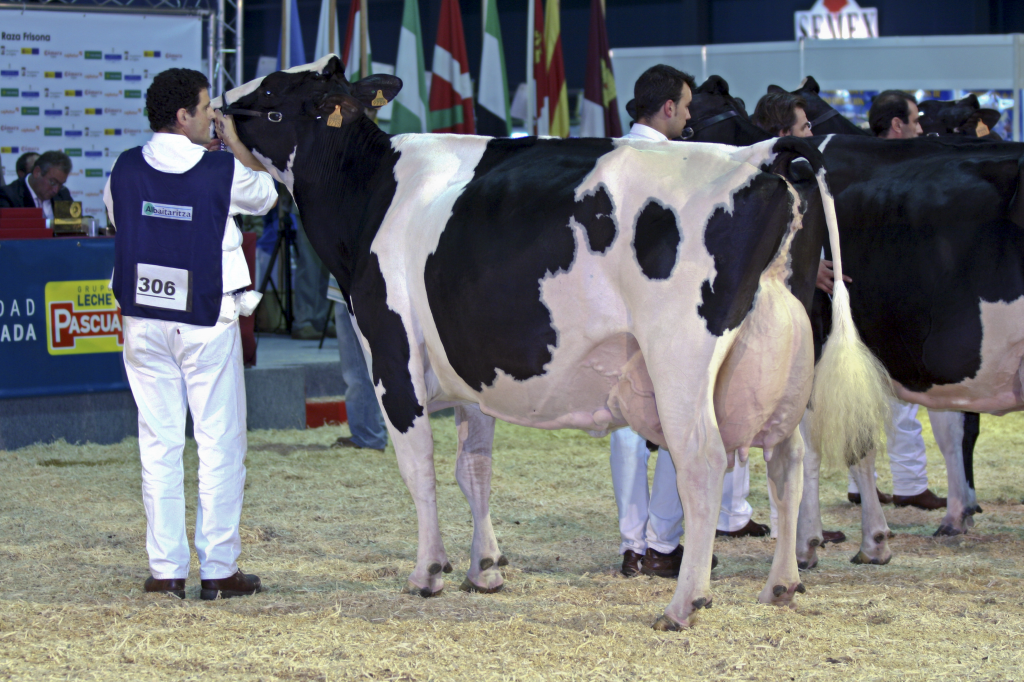
Pachecas James Gretta
3 time Spanish National Champion
Three Triangle Love Stories
It isn`t surprising to learn how many animals this Triangle Holstein breeder singles out. “There have been three special animals in Quim’s life.” He starts of with one from his youth. “Comas Novas Dibbs Inspiration was our first Champion cow when I was a teenager. She was a white dairy character cow, all quality from the head to the tail.” The next one stands out for special reasons too. “My second favorite cow is Pachecas James Greta. She was strong, with a big frame and a fantastic udder. Greta was my longest project working with a show cow and she is the one that won many shows in Spain.” The third memory maker for Quim holds a unique space for Quim.” Regiment Apple will always stand out for me. We came together many years ago, during the first time I was working in Madison for Mike Deaver who is one of the best cow men that I know. At that time Apple was 2 year old.”
![31578_1422821484608182_1599892698_n[1]](https://www.thebullvine.com/wp-content/uploads/2014/04/31578_1422821484608182_1599892698_n1.jpg)
Regiment Apple will always stand out for Quim. They came together many years ago, during the first time Quim was working in Madison for Mike Deaver, at that time Apple was 2 year old.”
Three Part Marketing Vision: Farms, Shows and Facebook
No matter where you are in the global dairy industry, you are marketing your herd with each contact you make, whether it`s face to face, in cyberspace, hard copy or in the show ring. Quim Serrabassa once again uses a multi-pronged approach. He outlines his methods. “On one hand I go every two weeks to France to select and buy commercial animals for my customers. My customers are breeders like I used to be, so I always feel very responsible for the cows I pick.” Quim never tires of searching out these animals. “I select them one by one, and this is one of the things I like the most. I walk to the field or to the barn with the intention of finding that special one. Sometimes they don’t start out looking that way. I will find one, usually dirty, with no foot trimming, never clipped … but finding her is a magic moment.” He especially likes it when a selection he makes goes on to do well. “Sometimes you can take her to the show ring. Another time you recognize her doing fine in her new home.”
The second point of Quim’s marketing is very much based on shows. “I like going to shows because it is the place where I meet my customers and I can feel the pulse of the market and hear about their needs.” Quim enjoys breeding for show cows. “My favorite sires for show cows are: Absolute-Red, Delta & Atwood.” But he doesn’t over look dairy cow sires. “For dairy cows I use Explode, Cashcoin, Carson and Deman.” His understanding of the show ring has been well developed over the years and he has gained recognition as a cattle judge. “Judging is one accomplishment I am very proud of. I never expected to have the opportunity to be an Associate Judge in Madison beside Brian Carsacadden and then later in Laussane beside Mike Deaver.” Both of these judges rank high for Quim. “In my opinion they are the best.” (Read more: CARSCADDEN: The Royal Footsteps)
Word of mouth has always been a great way for the dairy industry to market itself. Today dairy friends, peer s and coworkers take that friendly promotion and sharing to new levels. “To keep my customers updated, we use our web site, Facebook and profiles.” says Quim. This enhances the friendships already made in the worldwide industry. “I share my passion for show cows with Roger Turner and Brian Carscadden who have been my mentors in the USA and Canada. Again Mike Deaver has taught me a lot and is a very special person for me. Early on, one of my greatest influences was Alfonso Ahedo from Semex Spain. He is a great business man with a huge understanding of the Holstein industry.” It’s all about sharing the passion says Quim. “I keep the passion for shows going with some members of the original farm. As well there is one nice heifer that I bought with friends Erica Rijneveld, Eric Dougoud, and Pat Conroy. (Read more: Erica Rijneveld – Takes Her Show… And Yours…On The Road! and DECRAUSAZ IRON O’KALIBRA: Simply the Best) These are people that love good cows and with whom I share good times too.”
s and coworkers take that friendly promotion and sharing to new levels. “To keep my customers updated, we use our web site, Facebook and profiles.” says Quim. This enhances the friendships already made in the worldwide industry. “I share my passion for show cows with Roger Turner and Brian Carscadden who have been my mentors in the USA and Canada. Again Mike Deaver has taught me a lot and is a very special person for me. Early on, one of my greatest influences was Alfonso Ahedo from Semex Spain. He is a great business man with a huge understanding of the Holstein industry.” It’s all about sharing the passion says Quim. “I keep the passion for shows going with some members of the original farm. As well there is one nice heifer that I bought with friends Erica Rijneveld, Eric Dougoud, and Pat Conroy. (Read more: Erica Rijneveld – Takes Her Show… And Yours…On The Road! and DECRAUSAZ IRON O’KALIBRA: Simply the Best) These are people that love good cows and with whom I share good times too.”
Marketing and Genomics
In today’s marketplace rapidly changing tools are having a tremendous effect. Quim looks at Genomics and how it has affected his operations. “Genomics has changed the semen market a lot. For our company it was a great opportunity to start with. Genomics provides opportunities for everyone. The market is now global no matter where the bull comes from or who the owner is.” Of course having the tool and knowing how to use it is the challenge. Quim seeks balance. “Now we have some genomic information that we can combine with cow family and traditional knowledge. It is the mix and the balance between the new information and the traditional knowledge that will move us forward in the right direction.” If there is a downside to genomics for Quim, it is related to the speed of change. “Today the genetic market moves too fast. We hardly have time to appreciate and enjoy the cow family as a group.
Work, Work, Work
Quim points out that there is a lot of hard work to make your dairy business. “You have to be satisfied about the things you do every day and try to keep yourself surround by the people that challenge you to grow.” He knows that everything isn’t always perfect. “This is a job that you have to believe in. Do not expect big things and always enjoy the small details that life gives to you.” As happy as he is with Triangle Holstein, Quim sums up his accomplishments from his own unique angle. “My biggest success is my family.” Very eloquently he points out that this is where he finds his strength. “Especially when show time is over and the bright lights are off.”

Get original “Bullvine” content sent straight to your email inbox for free.






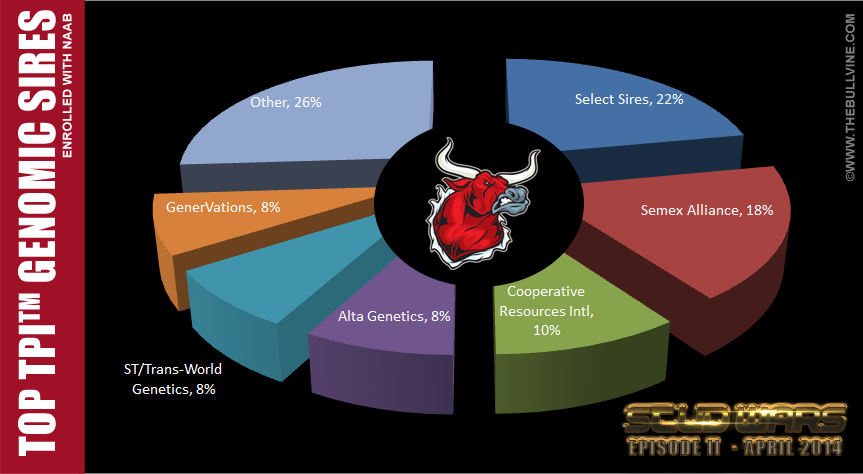
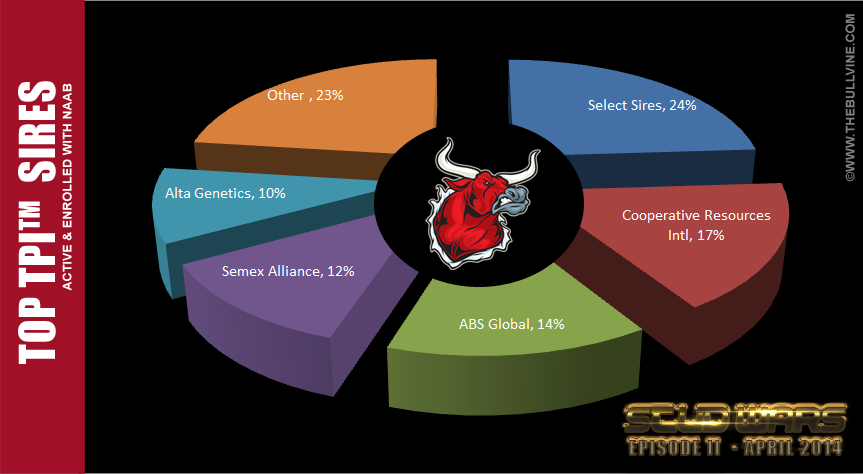
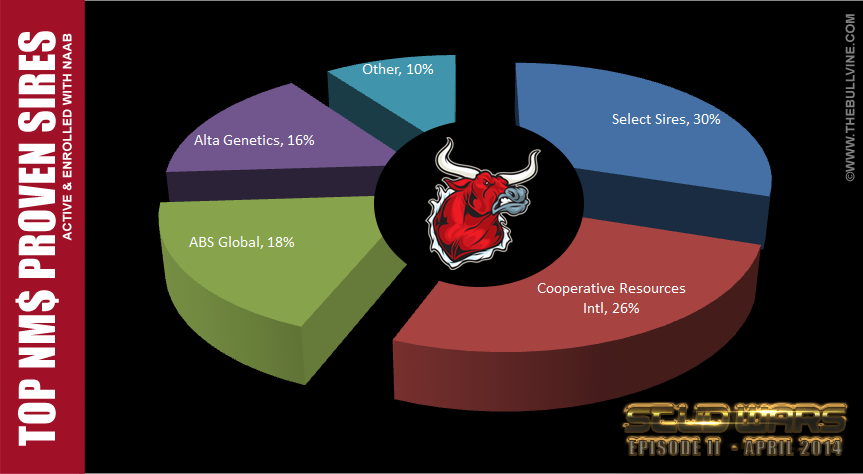
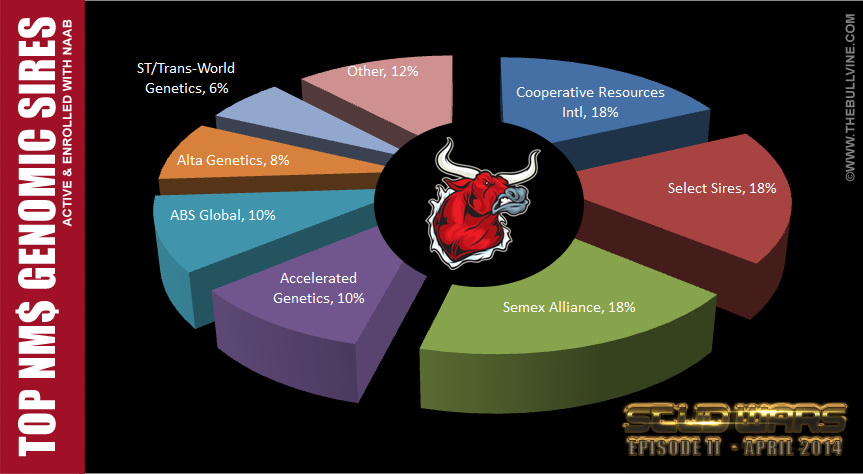
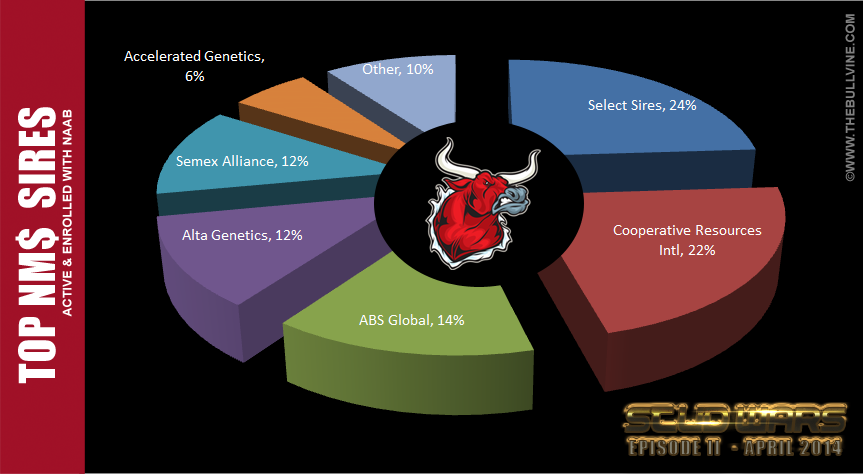
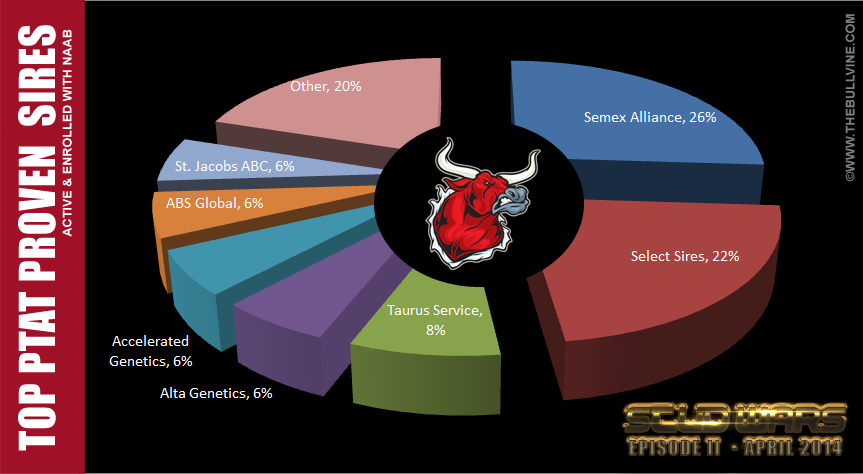
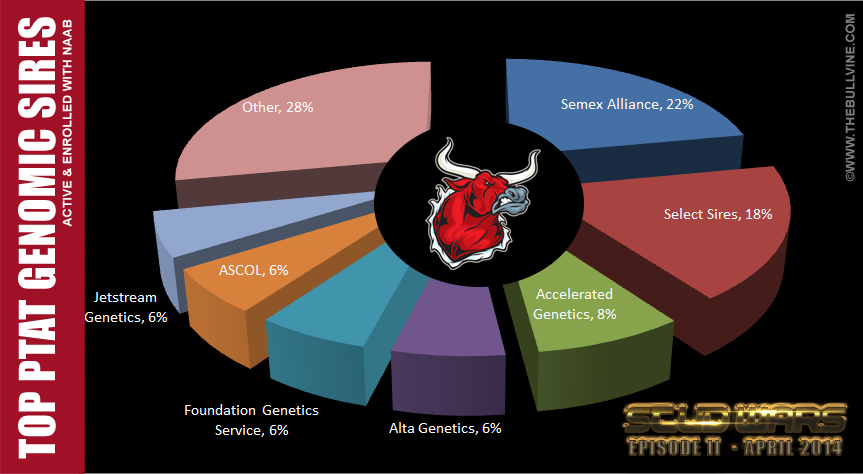


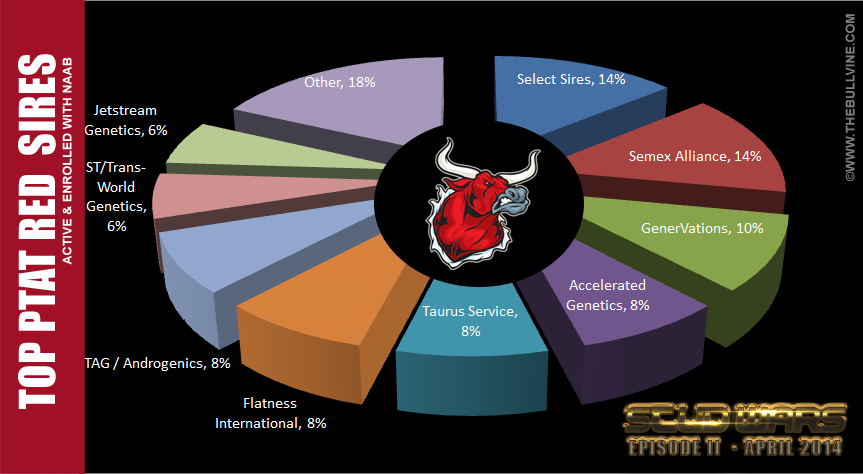
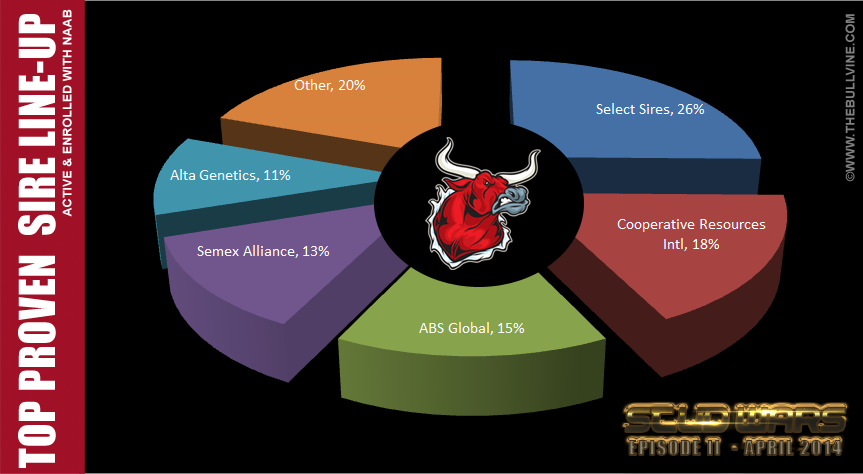
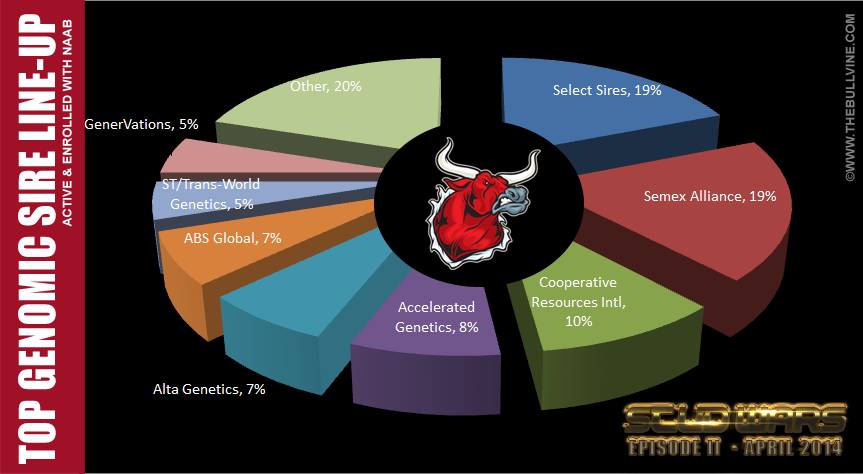
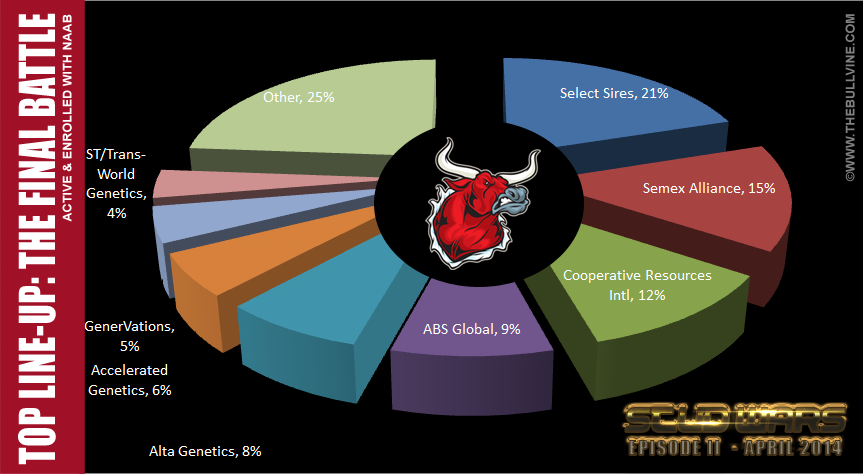
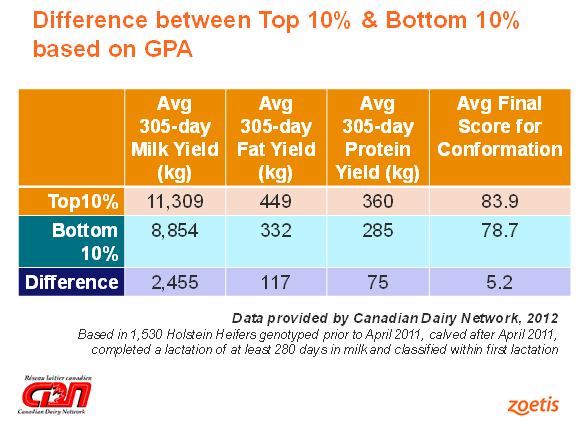
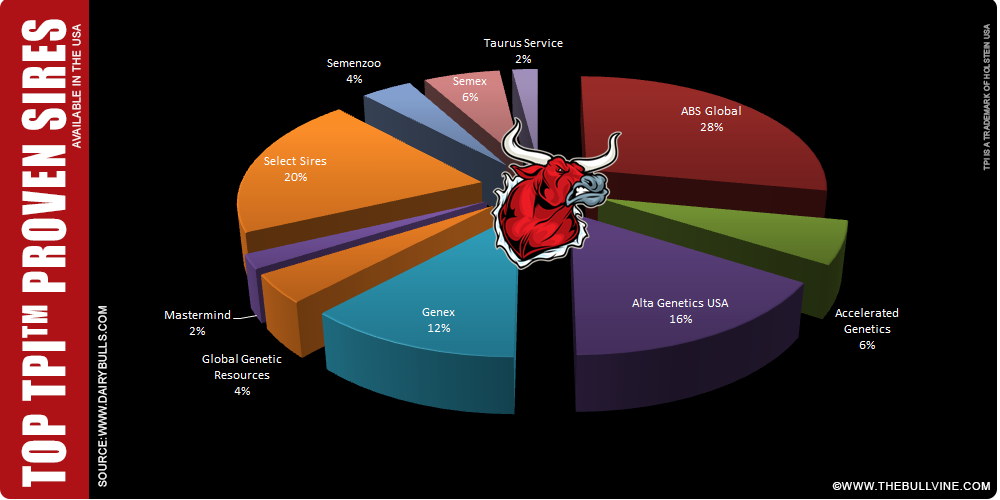
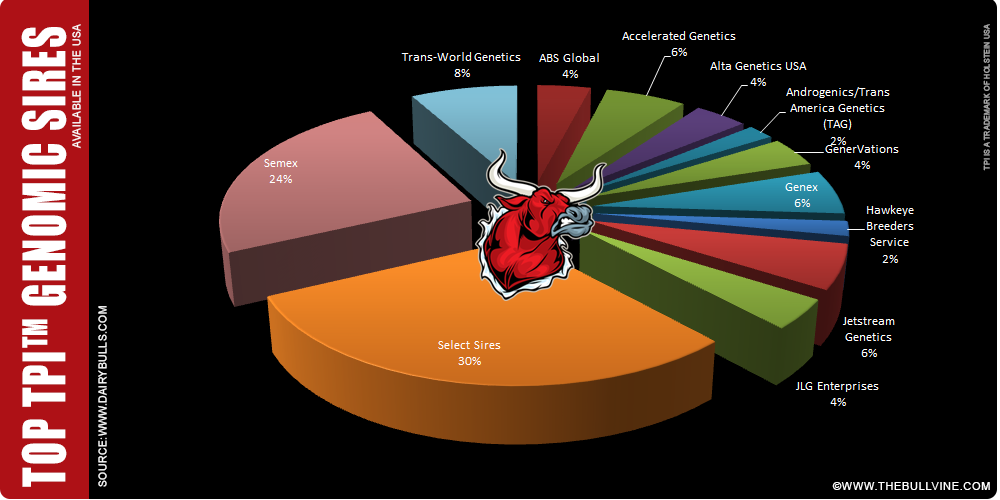
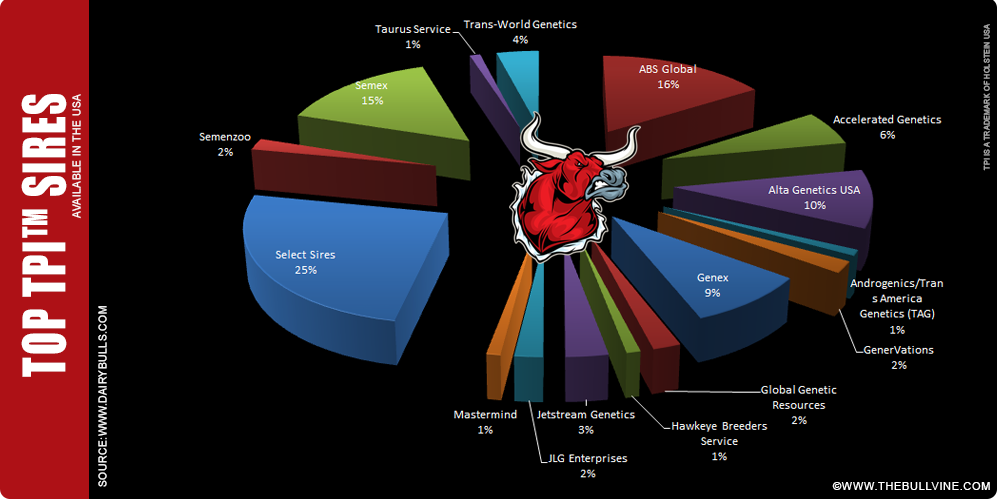
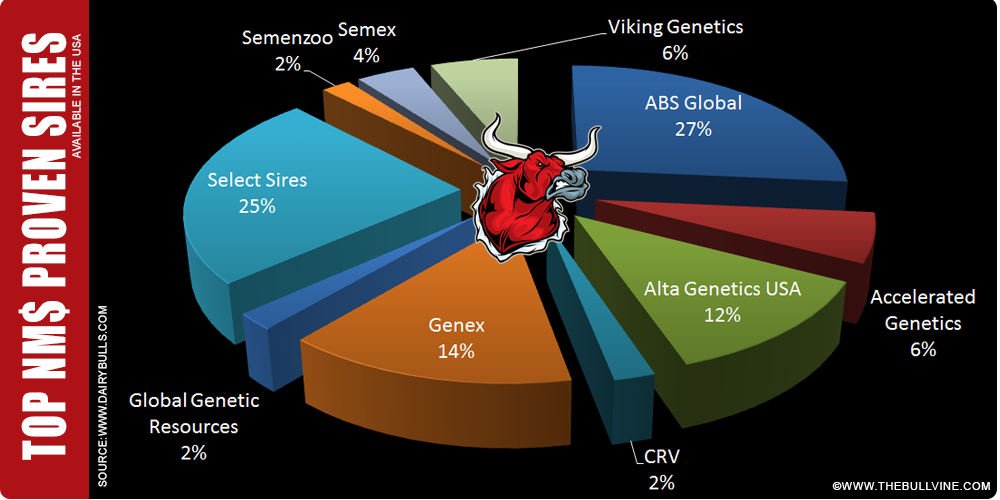
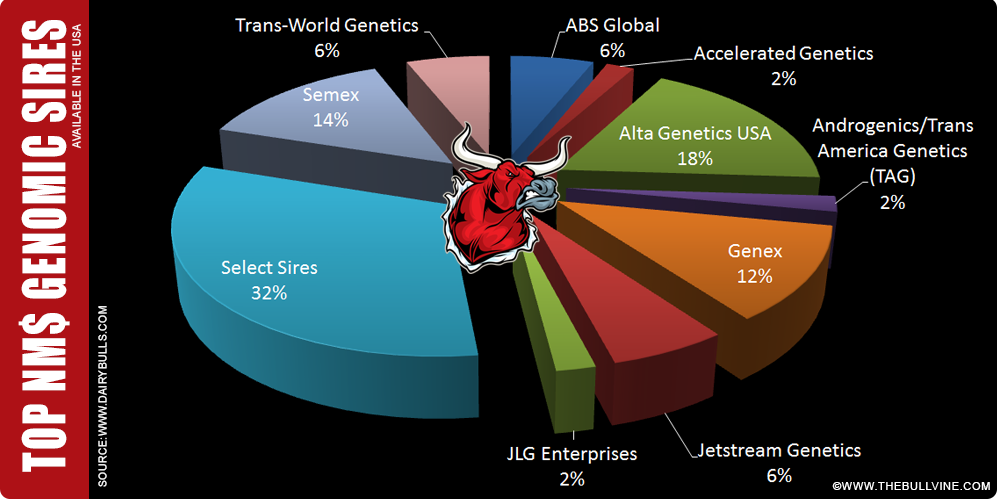
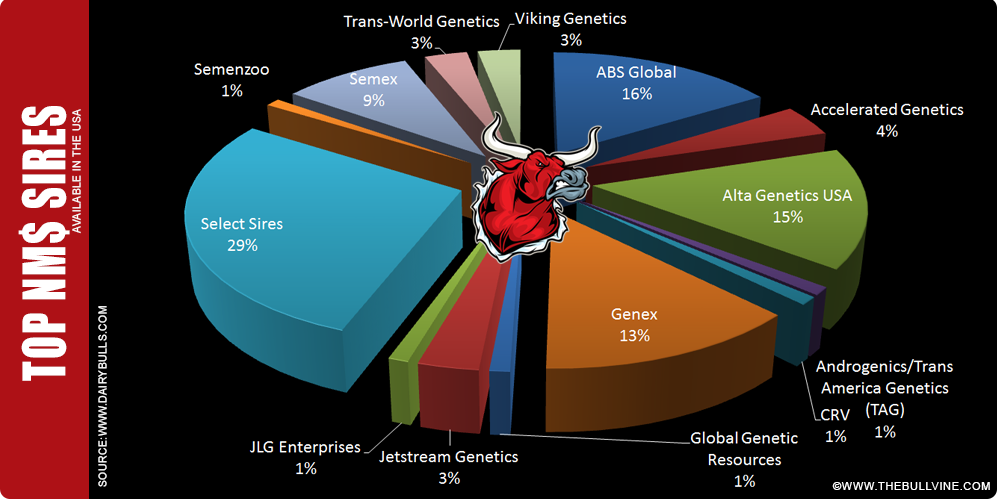
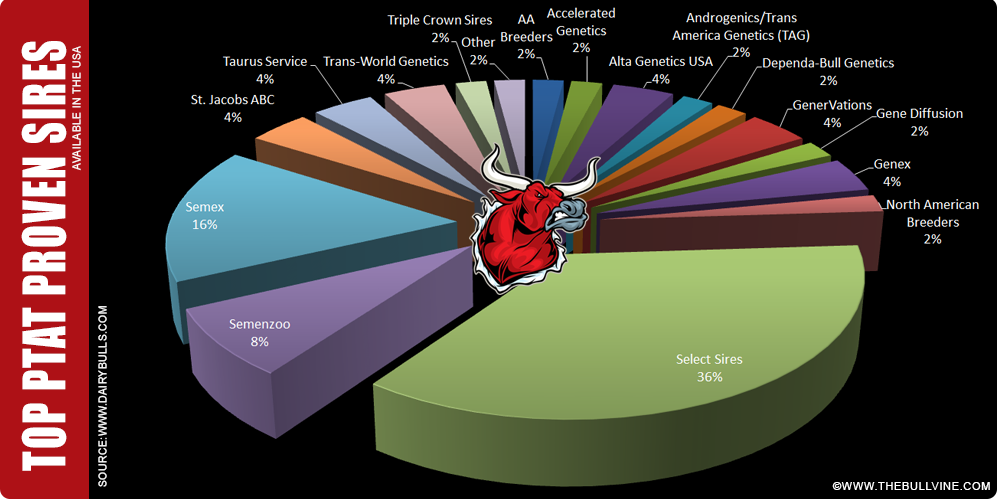

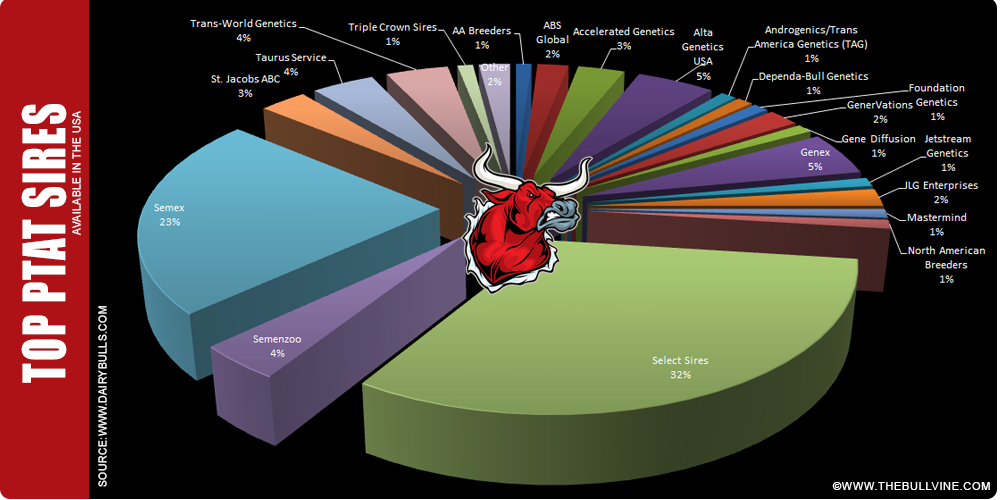
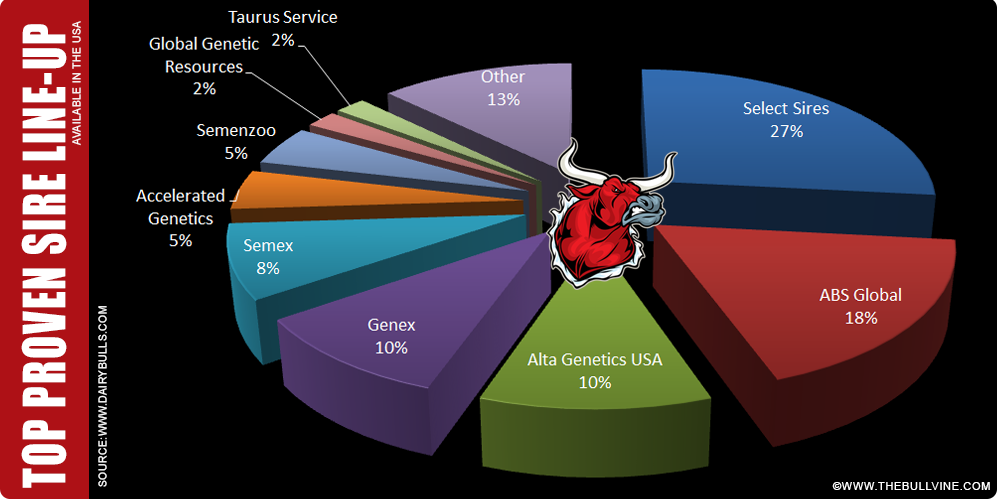
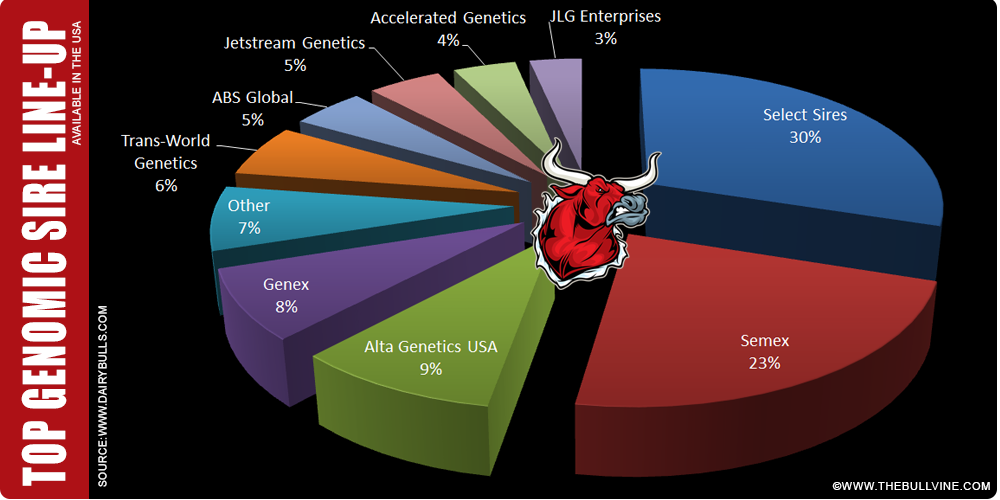
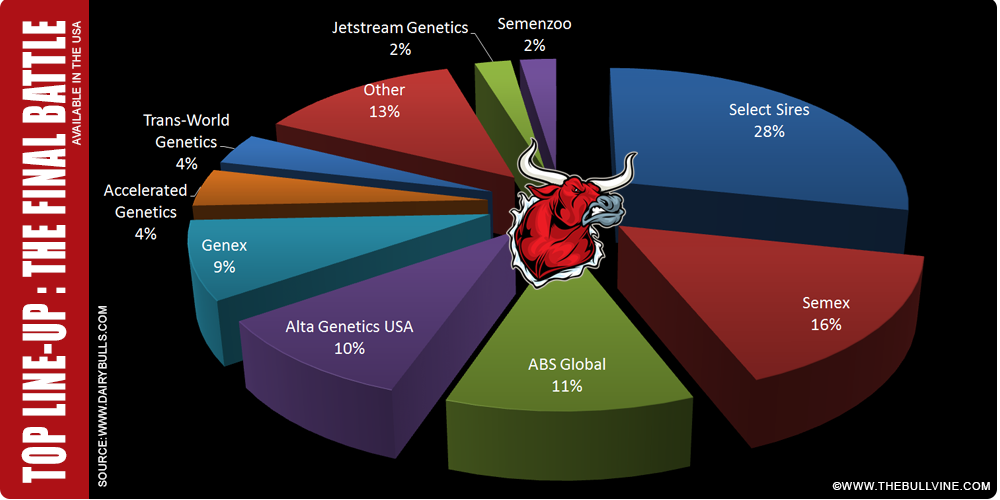
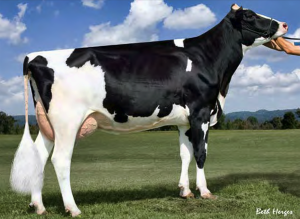
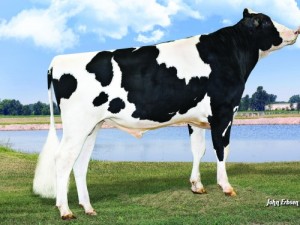
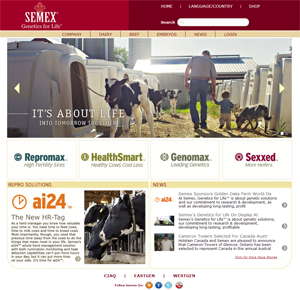 In today’s business world, if you don’t have a better product, you had better do a great job of marketing your product. For years, Semex has been able to market and sell based on the ‘Canadian Kind’. However, genomic evaluations has pretty much all but removed any customer loyalty and regional advantages that may have existed for AI companies in the past. Breeding programs have been adjusted by most major AI companies so they can deliver product that will satisfy breeders individual breeding strategies. AI companies, the world over, have had to redefine their business model over the past few years and rebranding has had to be addressed. Recent print ads and website changes would suggest that without the top of the list product to sell Semex has started to rebrand itself.
In today’s business world, if you don’t have a better product, you had better do a great job of marketing your product. For years, Semex has been able to market and sell based on the ‘Canadian Kind’. However, genomic evaluations has pretty much all but removed any customer loyalty and regional advantages that may have existed for AI companies in the past. Breeding programs have been adjusted by most major AI companies so they can deliver product that will satisfy breeders individual breeding strategies. AI companies, the world over, have had to redefine their business model over the past few years and rebranding has had to be addressed. Recent print ads and website changes would suggest that without the top of the list product to sell Semex has started to rebrand itself.



